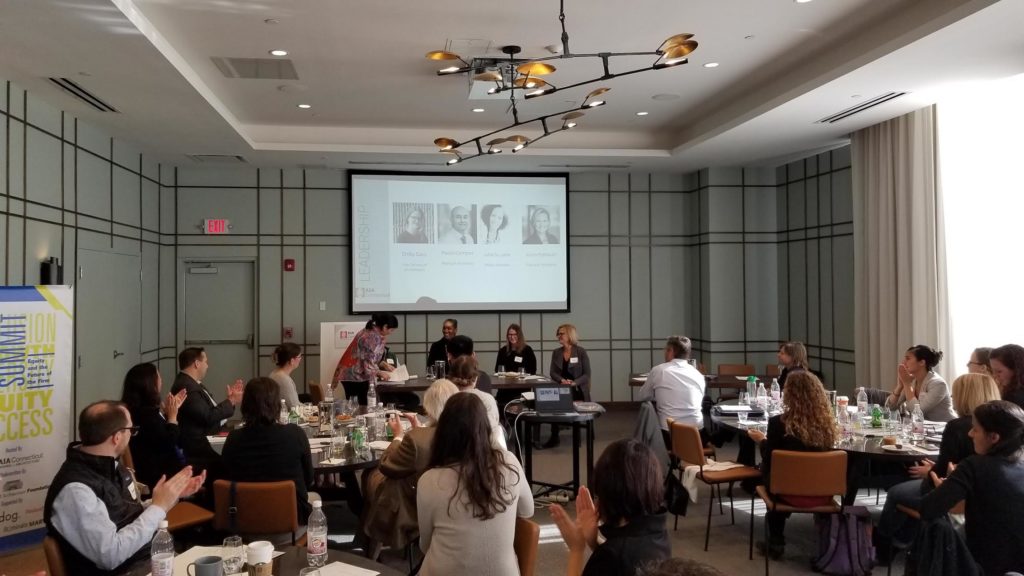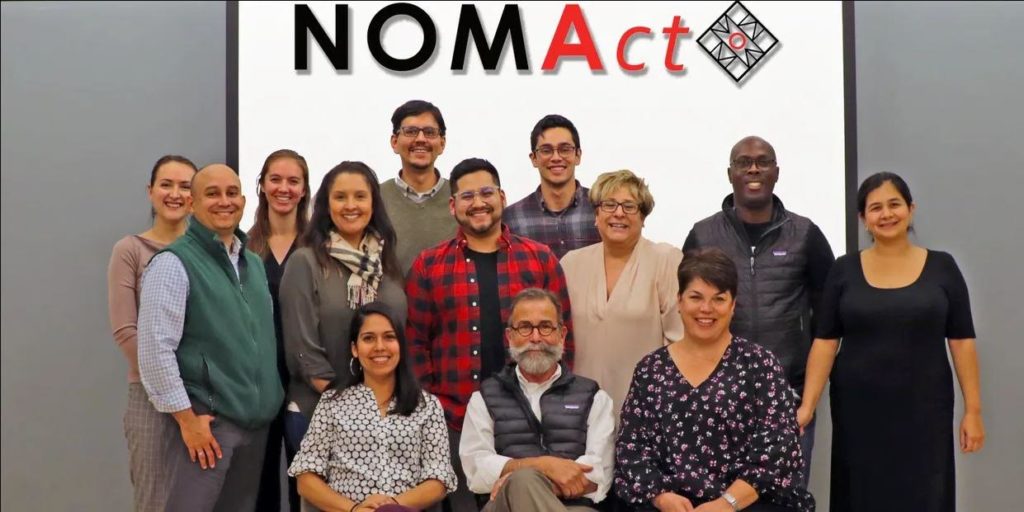Diversity—whether in the population of a country or the employees of a company—makes entities and organizations better. This is very clear in architecture firms, where having a variety of perspectives and inputs on projects invariably leads to better designs.
Recently, Patriquin Architects Associate Principal Paolo Campos and I participated as panelists in a leadership summit entitled Equity and the Future of the Firm. Our session, which was centered on Recruitment and Retention, examined issues around how firms are recruiting young architecture school graduates, what emerging professionals are looking for, and how firms are building more diverse teams to reflect an increasingly diverse culture in Connecticut.
Being invited to this panel encouraged us to discuss the culture in our firm, who our clients are, and how a diverse team helps us produce better work.
Sobering Stats on Diversity in the Architecture Field
In the U.S., women make up approximately 50 percent of students in architecture schools, and up to 60 percent of architectural students identify as people of color (non-white). However, leaders in the architecture industry are disproportionately male and Caucasian.
This means that even though architects all receive the same type of education, they do not all have the same opportunity to capitalize on that training, nor do they have an equal voice in the industry. And those are realities that need to be addressed.
Key Points from Our Panel Discussion on Diversity
One of the questions asked of me in the panel discussion was how, as a firm principal, I shape office culture in order to retain great talent. My response began with explaining that I was fortunate to have attended a cooperative architecture school, where, by the end of our six-year program, we had participated in six or seven internships with a variety of companies.
I chose to work (and attend studios) in Paris, Rome, Helsinki, Montreal, Toronto, and New York, in offices ranging from just a few employees to 325 people. When I decided to open my own firm, I reflected on those experiences.
What I decided was that having seen firsthand the value of diversity through exposure to different cultures, I was committed to ensuring that our office culture would embrace and reflect creativity, inclusion, and a more representative workforce. To that end, I believe that a firm’s leadership should be diverse and that all team members should have a say in how the firm operates and be encouraged to bring their unique ideas to the discussion. Not only does this benefit our office, but also the communities where we build and our profession in general.
Paolo was asked to describe the factors that led him to make a change mid-career. He started by reflecting on his experiences straight out of graduate school at a well-regarded mid-size architecture firm in eastern Connecticut, where as a young intern architect he was exposed to a wide range of project types, design challenges, and growth opportunities, including earning licensure and project management experience. However, after he and his wife started a family, he noted how the commute started to become a strain. He also felt that, as a mid-level architect at a top-heavy firm, his professional development opportunities were limited and he began to feel stagnant.
This led to a period of self-reflection, introspection and hard questioning of what he wanted out of his career. He opted to find an opportunity to work with a smaller firm that showed promise, had ambitions to grow, and who could leverage his expertise while granting him new opportunities – also being closer to home and affording greater flexibility for family duties. He described how “jumping ship” and making a change after ten years could be scary yet fulfilling. Members of the audience were impressed that the only male panelist in our session was the one who discussed being a parent as a major factor in considering a career change.
Another point of discussion that panelists and audience members discussed was how it is important for young people to see themselves reflected in the leadership of architecture firms. Making that connection can be the encouragement they need to act on their passion for design and pursue a career in our industry. We also agreed that it makes a powerful impression when organizations that exhibit diversity speak about our profession at local schools.
Encouraging Diversity through NOMA
At Patriquin Architects, we know that diversity in culture and background enables firms to respond to design challenges in more creative ways. In the same week as our panel, the Connecticut chapter of the National Organization of Minority Architects was founded and their website went live. We’re thrilled that three people in our office are founders of the CT chapter of NOMA. Their participation enables them to share this message and advocate for more inclusion in our industry—a goal that our firm is continually working toward as well.
How can diverse perspectives improve the outcome of your next project? Please contact us at your convenience to learn more about our firm and the array of architectural design services we offer.



